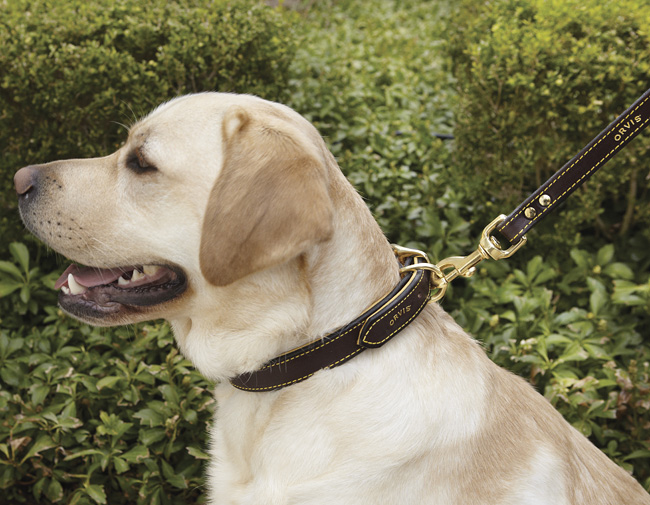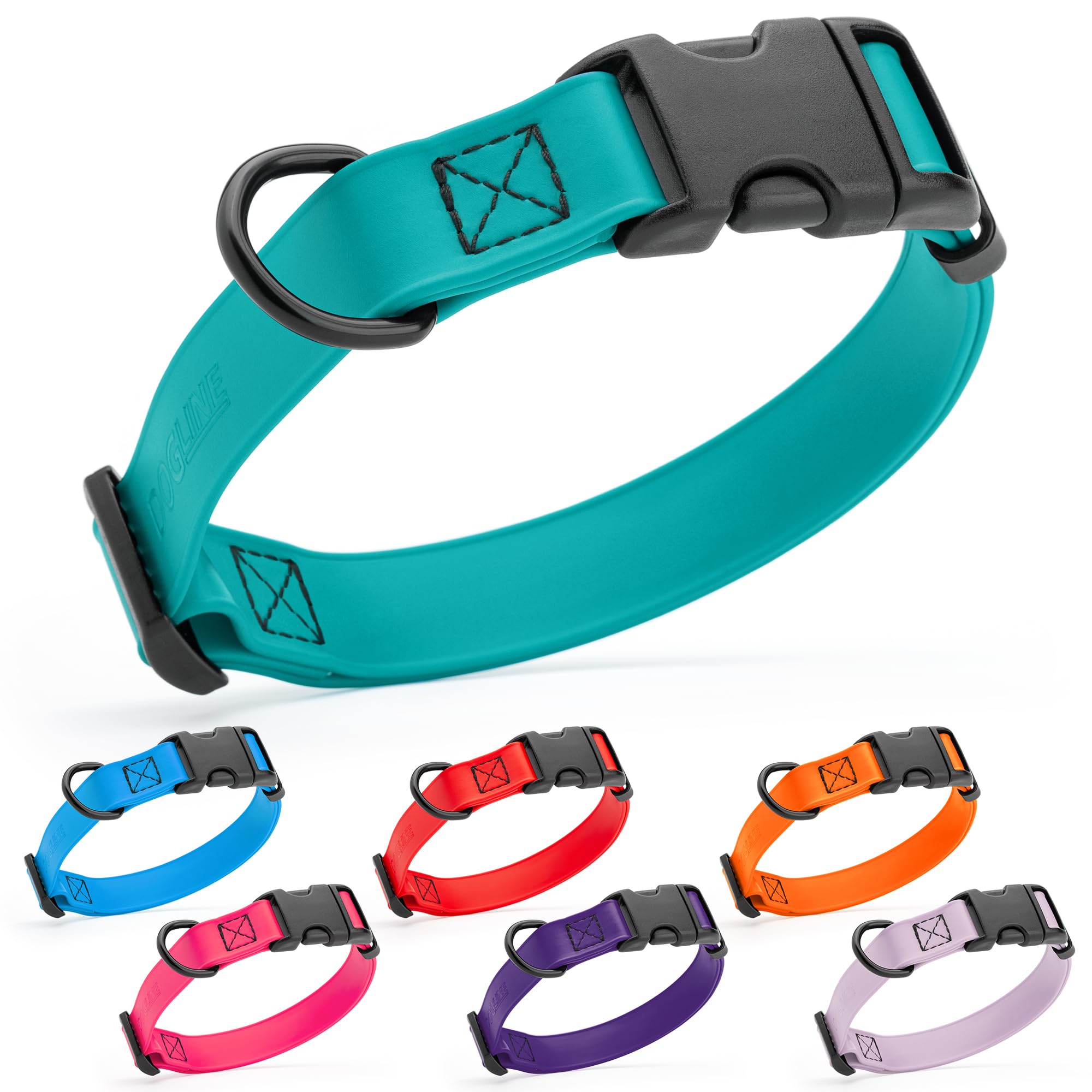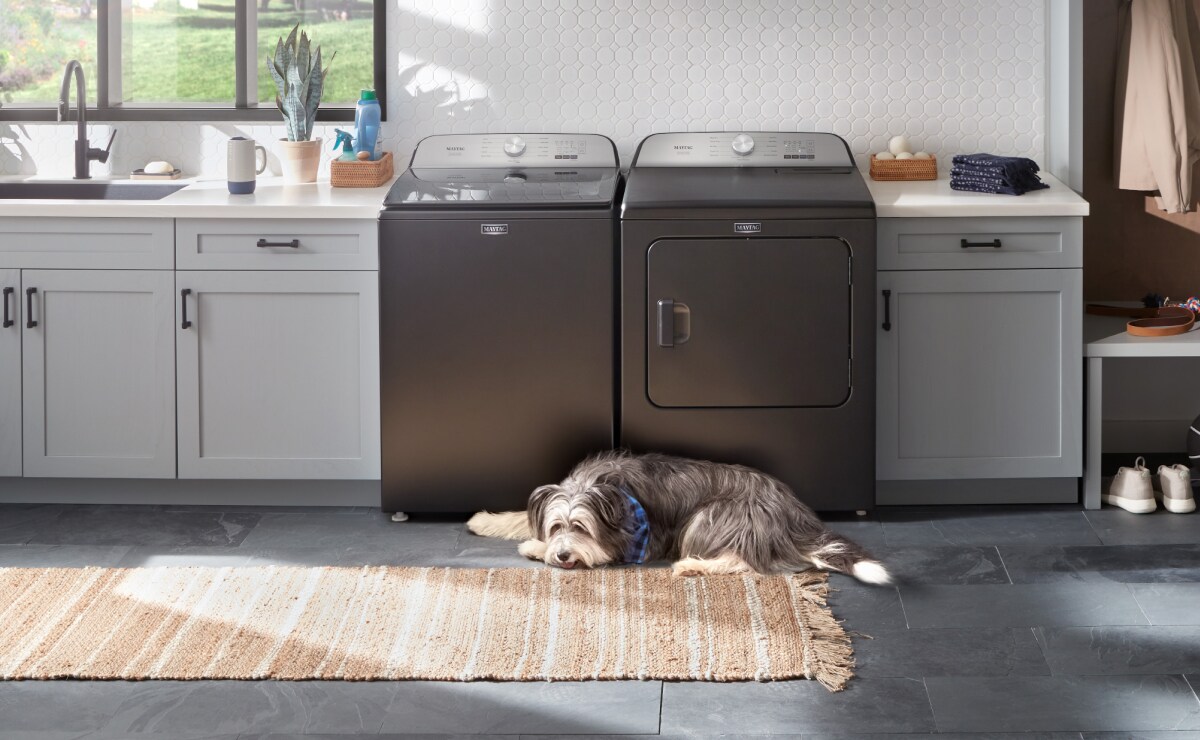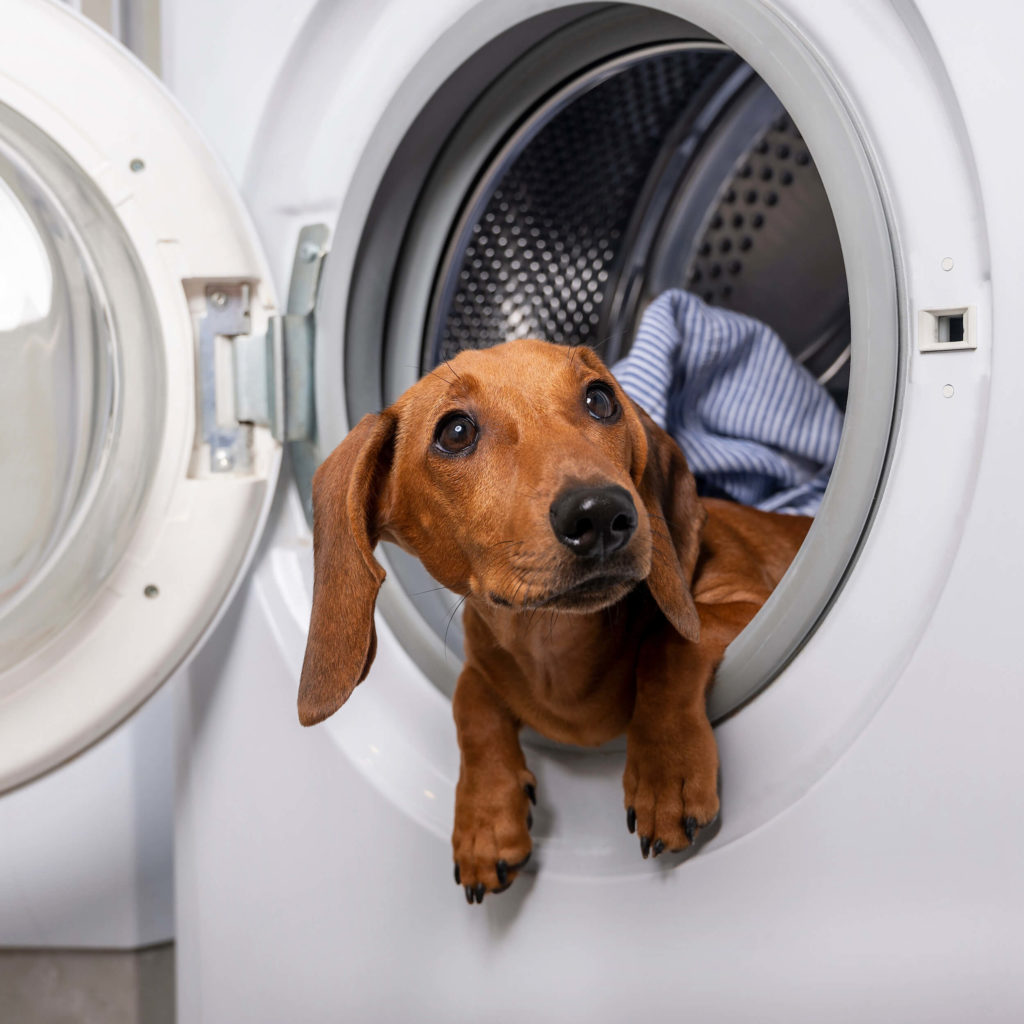
Dog collars, while essential accessories for our canine companions, can become dirty and smelly over time. Regular cleaning is crucial to maintain their appearance, prevent odor, and ensure the comfort and health of your furry friend. This comprehensive guide delves into the world of dog collar cleaning, providing step-by-step instructions for various collar types and materials.
Introduction: The Importance of Clean Dog Collars
Dog collars are exposed to various elements, from dirt and mud to drool and sweat. Regular cleaning is essential for several reasons:
-
Hygiene and Odor Control: A dirty collar can harbor bacteria and cause unpleasant odors, potentially irritating your dog’s skin and affecting their overall well-being.
-
Comfort and Safety: A clean collar feels more comfortable for your dog and reduces the risk of skin irritation or allergies.
-
Maintaining Appearance: Regular cleaning helps keep your dog’s collar looking fresh and presentable.
Preparing for Dog Collar Cleaning
Before you begin cleaning your dog’s collar, gather the necessary supplies:
-
Mild Soap or Dog Shampoo: Choose a gentle soap or dog shampoo specifically designed for pet care. Avoid using harsh detergents or human shampoos, as these can irritate your dog’s skin.
-
Warm Water: Prepare a basin or sink filled with warm water.
-
Soft Cloth or Sponge: Use a soft cloth or sponge to gently scrub the collar.
-
Towels: Have a clean towel ready for drying the collar.

Cleaning Instructions for Different Collar Types
The cleaning method for your dog’s collar depends on its material:
-
Nylon or Cloth Collars:
-
Detach the Buckle and Charms: Remove any detachable buckles, tags, or charms from the collar.
-
Submerge in Soapy Water: Submerge the collar in the warm, soapy water. Allow it to soak for 10-15 minutes to loosen dirt and grime.
-
Gently Scrub: Use the soft cloth or sponge to gently scrub the collar, removing any visible dirt or stains. Pay attention to areas like the buckle holes and the inner side of the collar.
-
Rinse Thoroughly: Rinse the collar thoroughly under clean running water to remove all soap residue.
-
Air Dry or Towel Dry: Allow the collar to air dry completely or use a clean towel to gently pat it dry.
-
-
Leather Collars:
-
Condition the Leather: Before cleaning, apply a leather conditioner to prevent the leather from drying out or cracking.
-
Wipe with Damp Cloth: Use a damp cloth to gently wipe down the leather collar, removing any dirt or debris.
-
Avoid Harsh Soaps or Chemicals: Avoid using harsh soaps, detergents, or leather cleaners, as these can damage the leather.
-
Condition Again: Once the collar is dry, apply another layer of leather conditioner to keep the leather supple and protected.
-
-
Metal Collars:
-
Soak in Soapy Water: Submerge the metal collar in the warm, soapy water. Allow it to soak for 10-15 minutes to loosen any dirt or tarnish.
-
Gently Scrub: Use a soft cloth or sponge to gently scrub the metal collar, removing any dirt or tarnish. Pay attention to the engraved areas and the clasp.
-
Rinse Thoroughly: Rinse the collar thoroughly under clean running water to remove all soap residue.
-
Dry with a Soft Cloth: Dry the metal collar immediately with a soft cloth to prevent rust or water spots.
-
Additional Tips for Dog Collar Cleaning
-
Regular Cleaning: Make it a habit to clean your dog’s collar regularly, especially after outdoor activities or if it becomes visibly dirty or smelly.
-
Address Stains Promptly: If your dog’s collar has stubborn stains, address them promptly to prevent them from setting in.
-
Inspect the Collar for Damage: Before each cleaning, inspect the collar for any signs of damage, such as loose stitching, broken buckles, or worn-out material. Replace damaged collars for safety reasons.
-
Machine Washing (Nylon or Cloth Collars Only): Some nylon or cloth collars are machine-washable. Check the care instructions on the collar and follow the recommended wash cycle.

Conclusion: Maintaining a Healthy and Happy Canine Companion
Regular cleaning of your dog’s collar is an essential part of their overall care. By following these simple steps and using the appropriate cleaning methods for different collar materials, you can keep your dog’s collar clean, fresh, and comfortable, ensuring their well-being and maintaining their stylish appearance.
Addressing Stubborn Stains and Odors: Advanced Cleaning Techniques
While regular cleaning with mild soap and water is sufficient for most situations, stubborn stains and odors may require a more robust approach. Here are some additional techniques to tackle these challenges:
-
Baking Soda Paste: For stubborn dirt or grime, create a paste using baking soda and water. Apply the paste to the stained area and let it sit for 15-20 minutes. Gently scrub the area with a soft brush and rinse thoroughly.
-
White Vinegar Solution: White vinegar can be a natural deodorizer. Dilute white vinegar with water in equal parts. Dip a clean cloth in the solution and use it to wipe down the collar. Rinse the collar thoroughly afterward to remove any vinegar residue.
-
Enzyme Cleaner: For organic stains caused by pet waste or drool, an enzyme cleaner designed for pet messes can be highly effective. Follow the specific instructions on the chosen enzyme cleaner for optimal results.
-
Professional Cleaning: If the stains and odors persist despite your best efforts, consider professional cleaning services specializing in pet accessories.
Remember, when dealing with stubborn stains, it’s crucial to test any cleaning solution on a small, inconspicuous area of the collar first to ensure it doesn’t cause discoloration or damage.
Choosing the Right Collar Material: Durability, Comfort, and Cleaning Considerations
The material of your dog’s collar significantly impacts its durability, comfort, and cleaning requirements. Here’s a breakdown of the most common collar materials:
-
Nylon: Nylon collars are popular for their affordability, durability, and wide variety of colors and styles. They are generally easy to clean with soap and water and are machine-washable in some cases.
-
Leather: Leather collars offer a classic and sophisticated look. They are durable and comfortable for dogs but require regular conditioning to prevent drying and cracking. Leather collars can be more challenging to clean and may not be suitable for all activities.
-
Mesh: Mesh collars are lightweight and breathable, making them a good choice for dogs with active lifestyles. They are generally easy to clean with soap and water and dry quickly.
-
Biothane: Biothane is a synthetic material that offers a similar look and feel to leather but is more water-resistant and easier to clean. Biothane collars are a good alternative for dogs who enjoy swimming or frequent outdoor adventures.
Consider your dog’s activity level, lifestyle, and your own cleaning preferences when selecting a collar material.
Maintaining a Clean Collar Routine: Preventive Measures and Long-Term Care
Regular cleaning is essential, but implementing preventative measures can help keep your dog’s collar cleaner for longer. Here are some tips:
-
Rinse After Outdoor Activities: After walks or outdoor activities, especially in wet or muddy conditions, rinse your dog’s collar with clean water to remove dirt and debris.
-
Dry the Collar Completely: Ensure the collar dries completely after cleaning or getting wet. Leaving a damp collar on your dog can lead to the growth of mildew and bacteria.
-
Inspect and Replace Regularly: Regularly inspect your dog’s collar for signs of wear and tear, such as loose stitching, damaged buckles, or fraying material. Replace the collar if you notice any damage to ensure your dog’s safety.
By incorporating these preventative measures into your routine, you can minimize the need for frequent deep cleaning and maintain your dog’s collar in optimal condition.
By following these comprehensive guidelines, you can effectively clean your dog’s collar, regardless of the material. Remember, a clean and well-maintained collar not only promotes your dog’s hygiene and comfort but also showcases their unique personality and style.